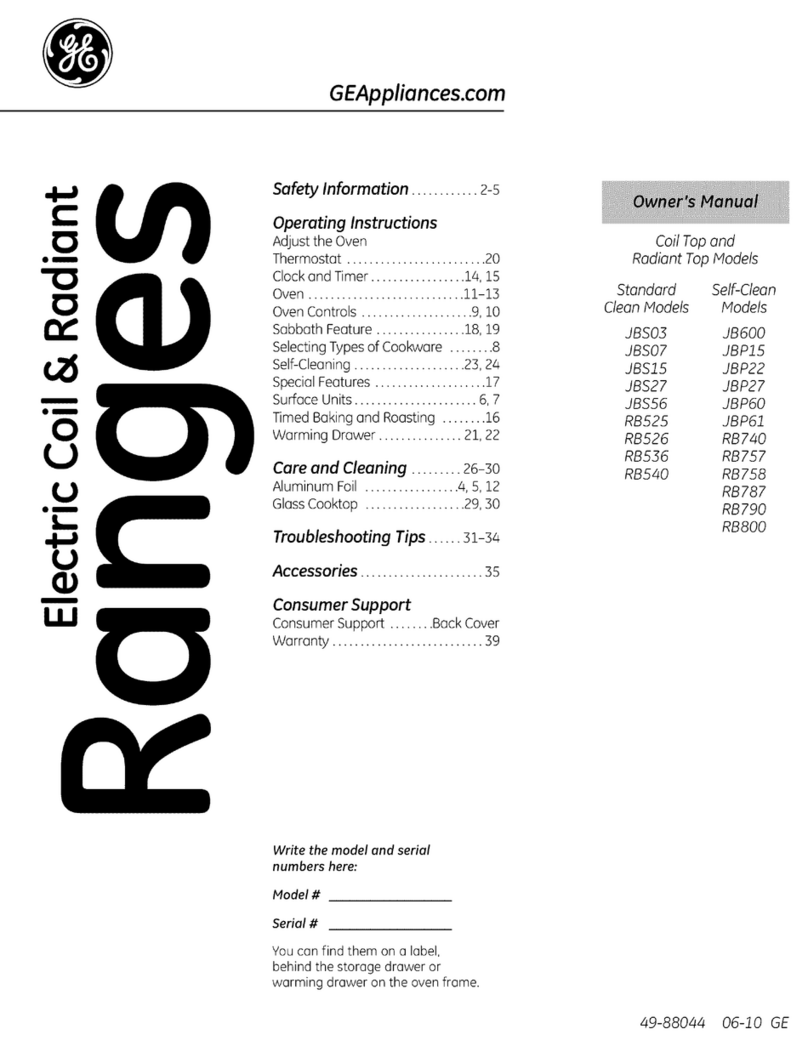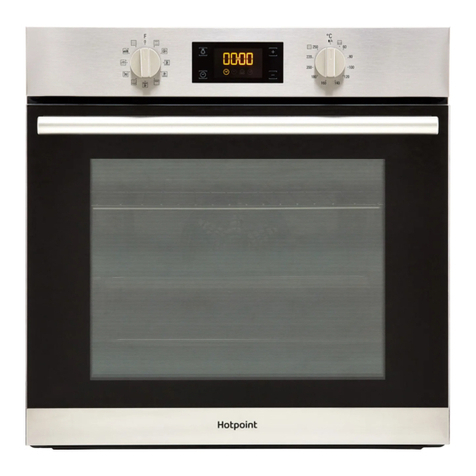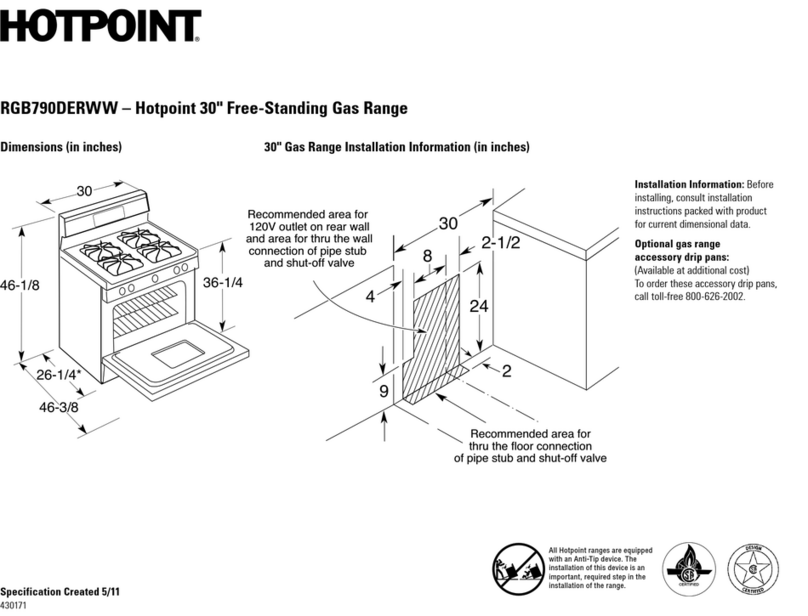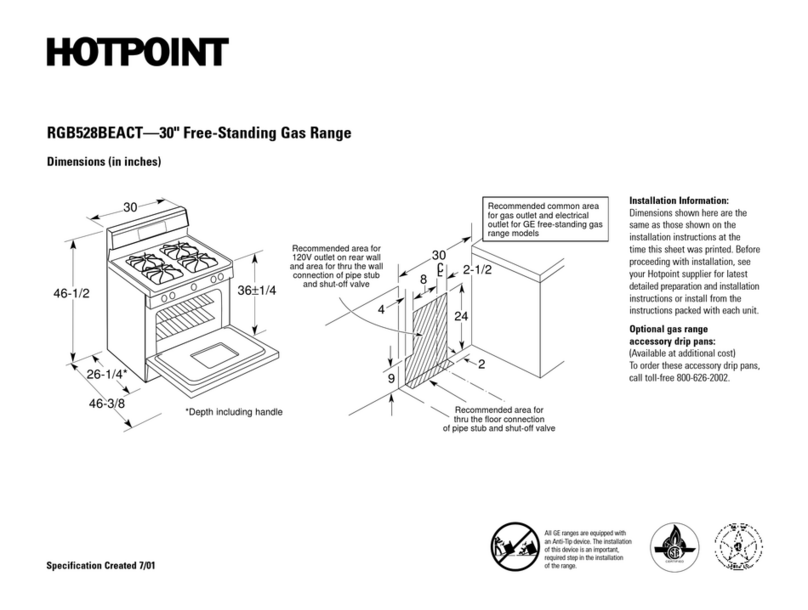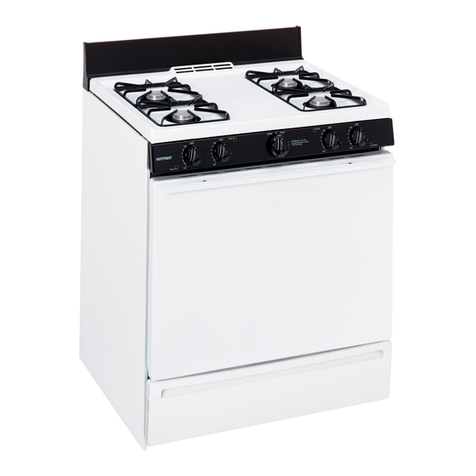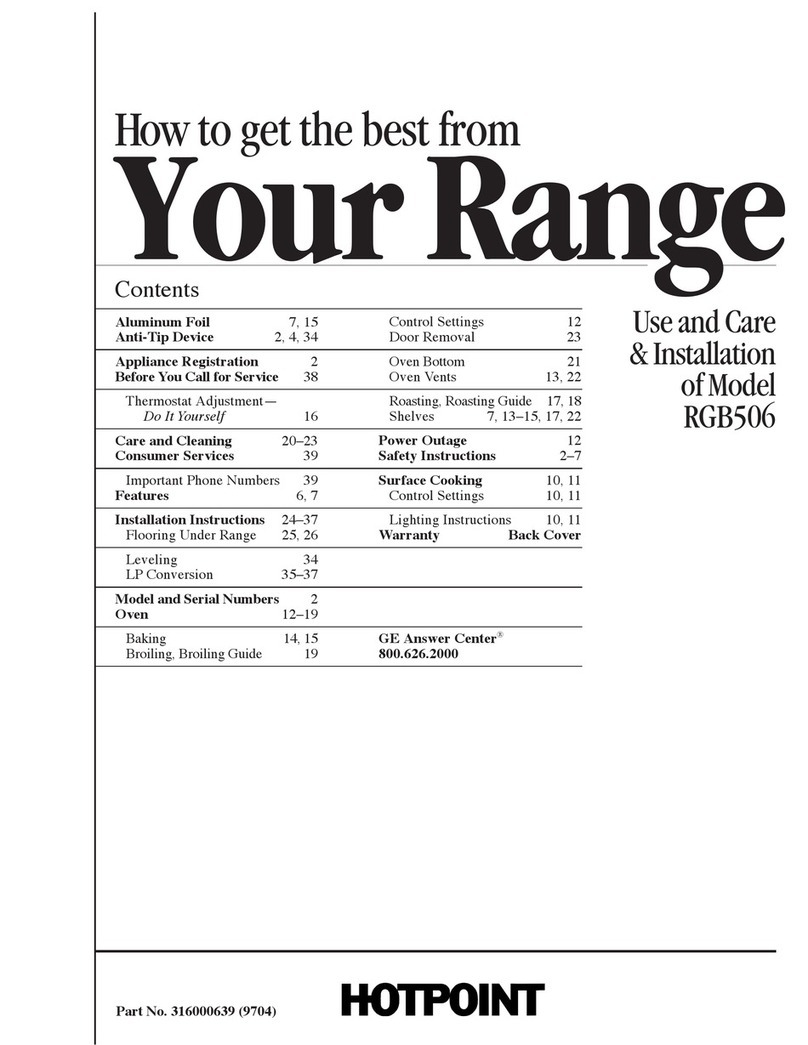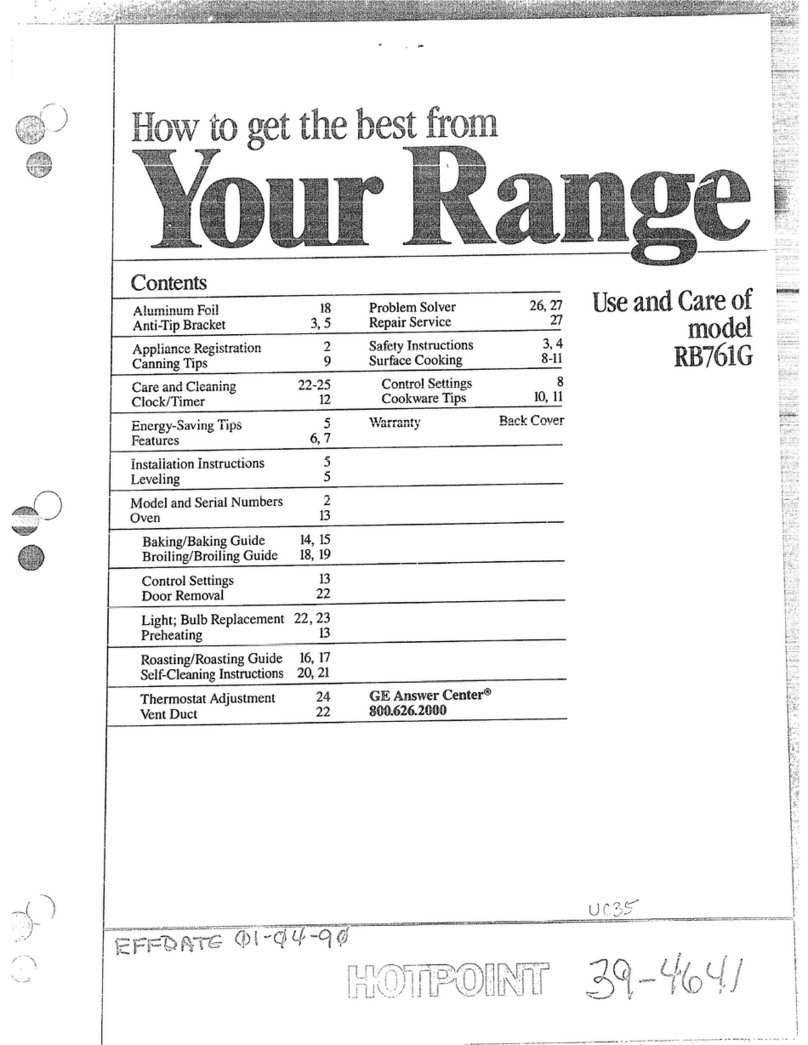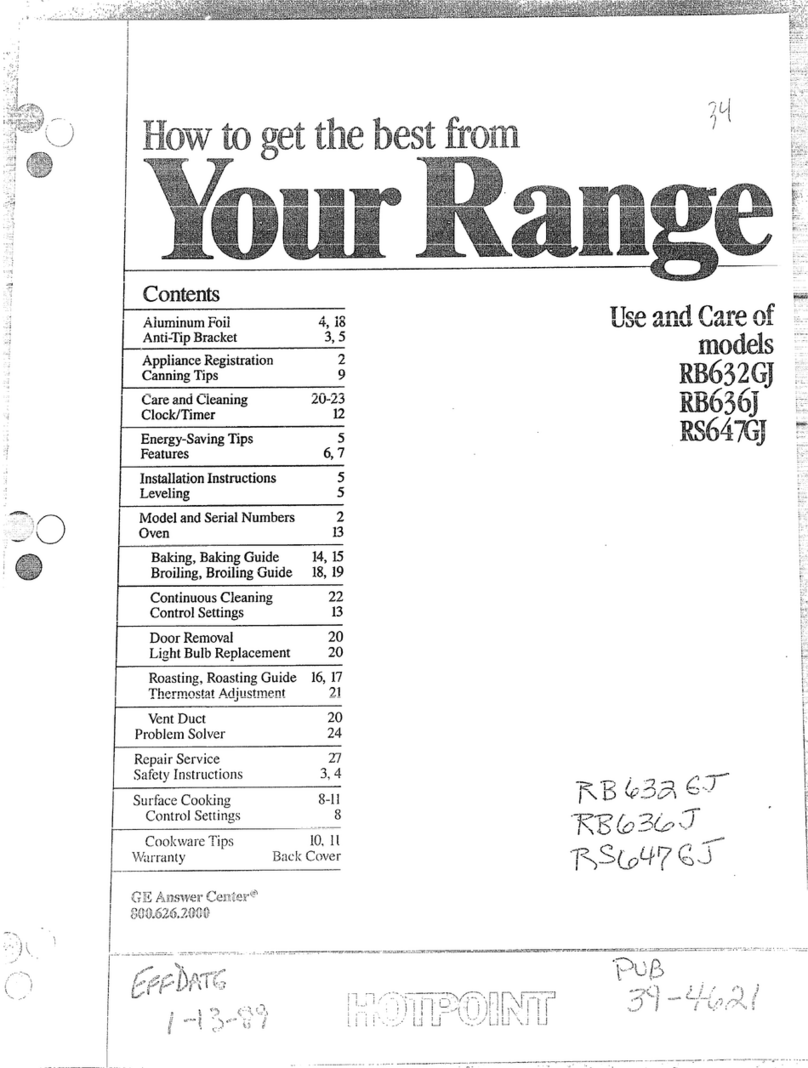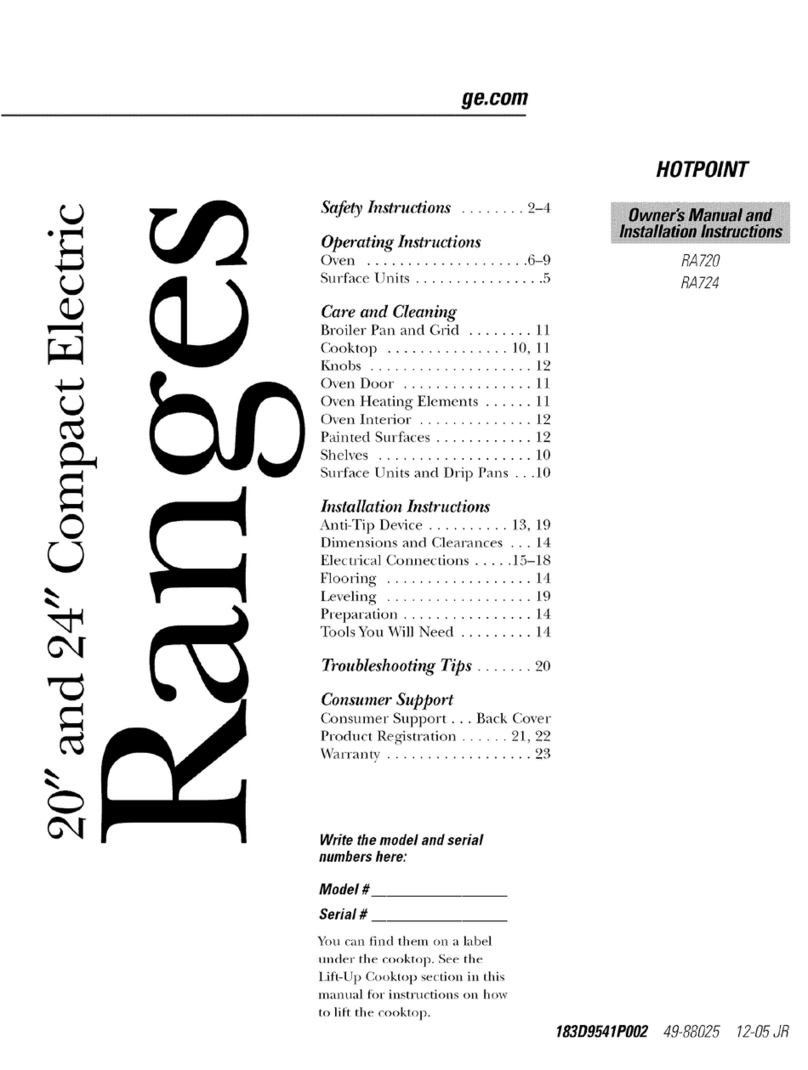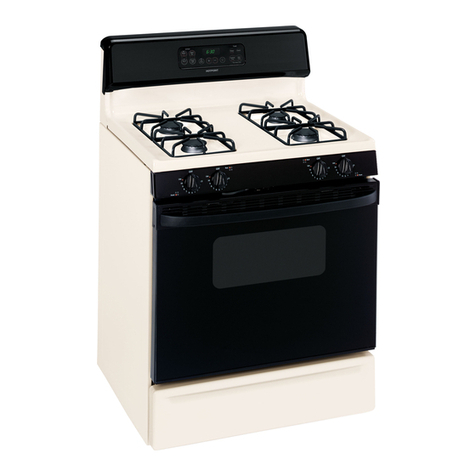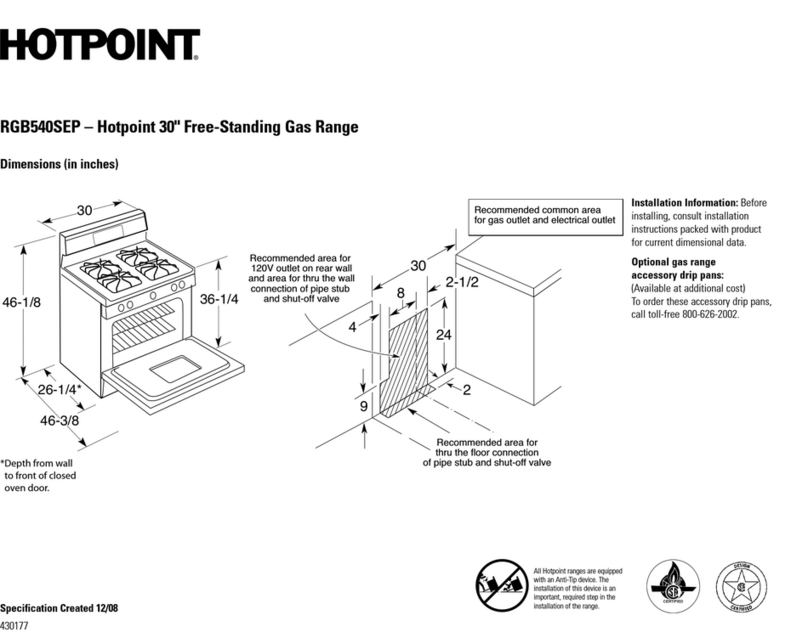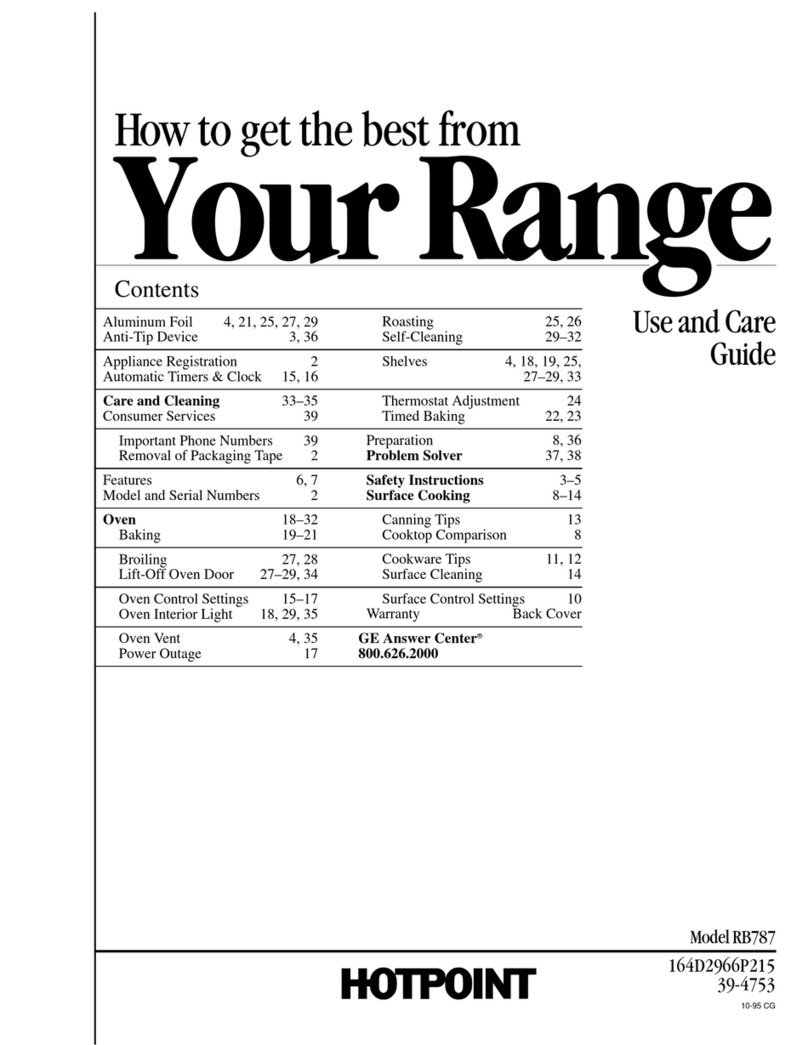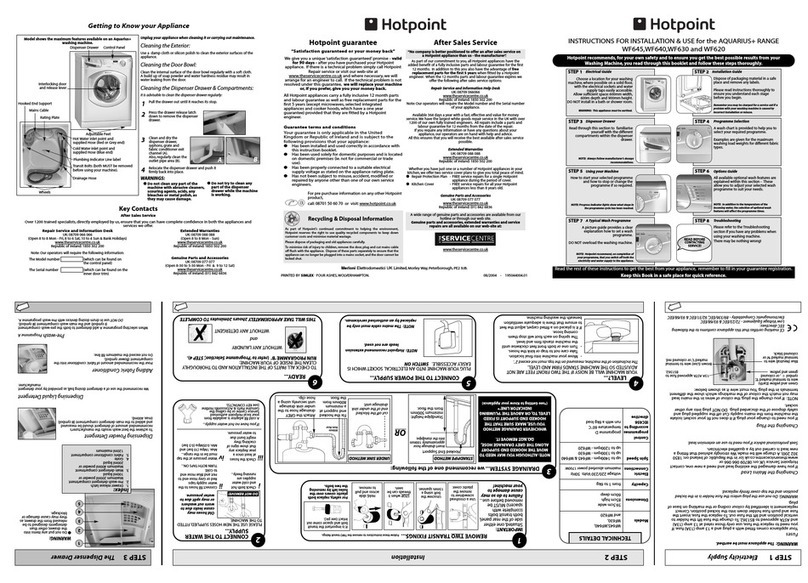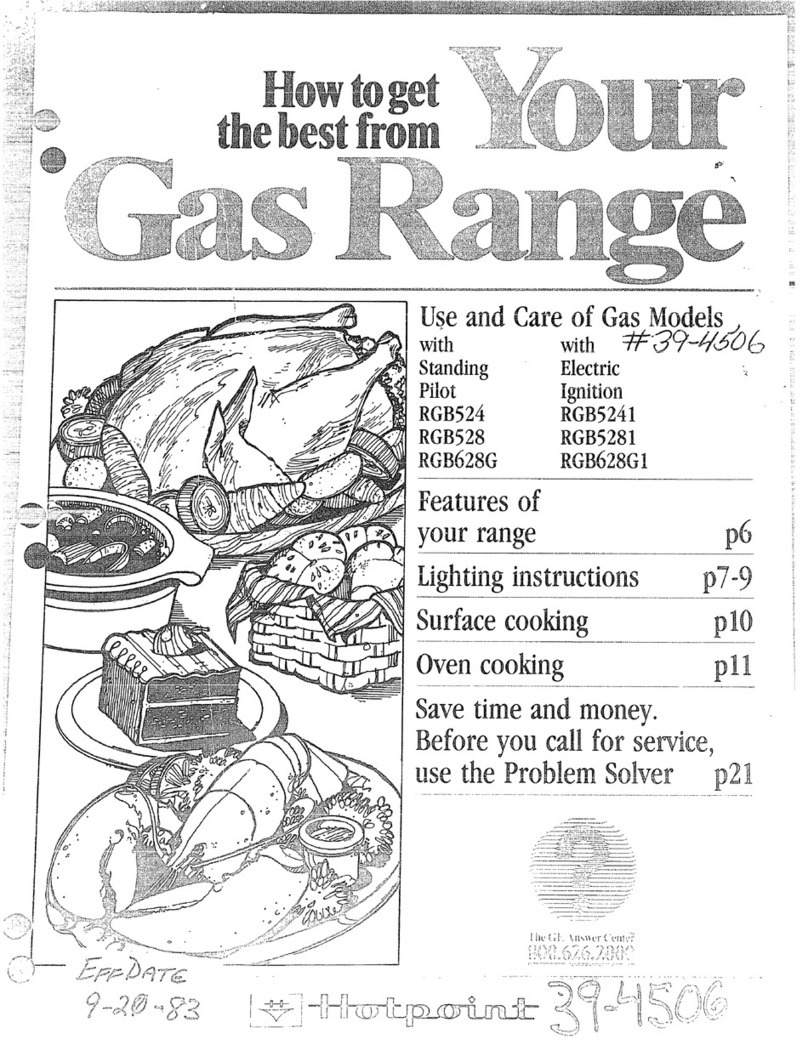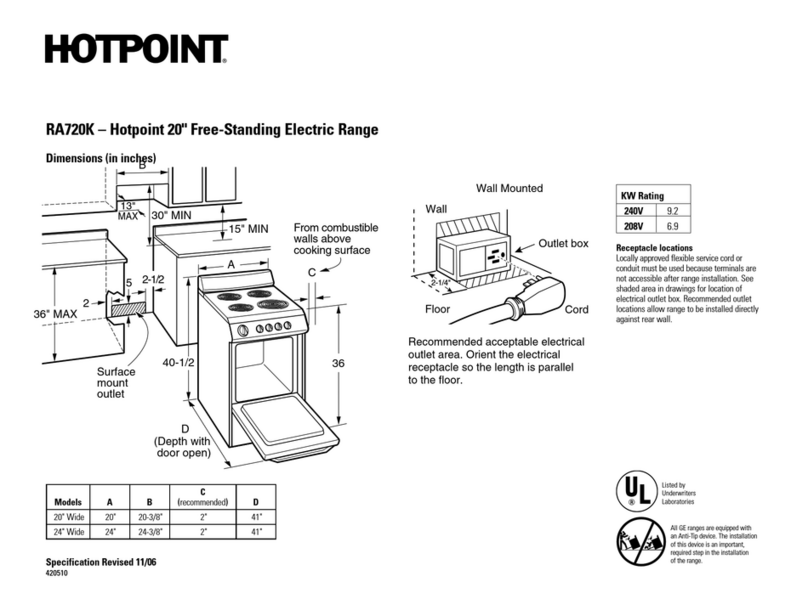
!Microwaweoven:
*aRead and follow the specific
“PRECAUTIONS TO AVOID
POSSIBLE EXPOSURETO
aXCESSIVE MICROWAVE
NERGY” found on page 2.
@To reduce the risk of fire in
the oven cavity:
—Do not overcook food. Care-
fully attend appliance if paper,
plastic, or other combustible
materials are placed inside the
oven to facilitate cooking.
—Remove wire twist-ties from
paper or plastic bags before
placing bag in oven.
—Do not use your microwave
oven to dry newspapers.
—Papertowelsand napkins,wax
paper.Recycled paper products
can contain metal flecks which
may cause arcing or ignite.
Paper products containing nylon
or nylon filaments should be
avoided, asthey also ignite.
—Do not pop popcornin your
emicrowaveoven unless in a
special microwave popcorn
@ccessory or unless you use
opcorn labeled for use in
microwave ovens.
—Do not operatethe ovenwhile
emptyto avoiddamageto the
ovenand the danger of fire. If by
accident the oven should run
empty aminute or two, no harm
is done. However, try to avoid
operating the oven empty at all
times—it savesenergy and pro-
longs life of the oven.
—If materials inside the oven
should ignite, keep oven door
closed, turn oven off, and dis:
connect the power cord, or shut
off power at the fuse or circuit
breaker panel.
sSome products such as
whole eggs and sealed con-
tainers—for example, closed
glassjars—may explode and
should not be heated in this
oven.
eSee door surface cleaning
ostructions on page 32.
)
eDon’tdefrostfrozenbever-
agesin narrow necked bottles;
especially carbonated ones.
Evenif the container is opened,
pressure can build up. This can
causethe container to burst,
resulting in injury.
eUse metalonly asdirectedin
Cookbook.Metal strips as used
on meat roasts are helpful when
used as shown in Cookbook.
TV dinners may be cooked in
metal trays. However,when
using metal in microwave oven,
keep metalat leastl-inch away
from sidesof oven.
eCooking utensi!smay
becomehot becauseof heat
transferred from the heated
food. This is especially true if
plastic wrap has been covering
the top and handles of the
utensil. Potholders may be
needed to handle the utensil.
QSometimes the ovenfloor
can becometoo hotto touch.
Be careful touching the floor
during and after.cooking.
sDo not useany thermometer
in food you are microwaving
unless that thermometer is
designed or recommended for
use in the microwave oven.
eRemovethe temperature
probefrom the ovenwhen not
usingitto cook with. If you leave
the probe inside the ovenwithout
inserting it in food or liquid, and
turn on microwave energy, it can
create electrical arcing in the
oven, and damage oven walls.
@Boiling eggs (in and out of
shell)isnot recommendedfor
microwave cooking. Pressure
can build up inside egg yolk and
may cause it to burst, resulting
in injury.
sFoodswith unbrokenouter
“skin”such as potatoes, hot
dogs or sausages,tomatoes,
apples, chicken livers and other
giblets, and eggs (seeabove)
should be pierced to allow
steam to escape during cooking.
@Avoidheatingbabyfood in
glassjars, evenwithout their
lids; especially meatand egg
mixtures.
ePlasticUtensils—Plastic
utensils designed for microwave
cooking are very useful, but
should be used carefully. Even
microwave plastic may not be as
tolerant of overcooking condi-
tions as are glass or ceramic
materials and may soften or
char if subjected to short periods
of overcooking. In longer expo-
sures to overcooking, the food
and utensils could ignite. For
these reasons:1) Use micro-
wave plastics only “and use
them” in strict compliance with
the utensil manufacturer’s
recommendations. 2) Do not
subject empty utensils to micro-
waving. 3) Do not permit children
to use plastic utensils without
complete supervision.
@“Boilable”cookingpouches
and tightlyclosedplasticbags
should be slit, pierced or vented
as directed’in Cookbook. If they
are not, plastic could burst dur-
ing or immediately after cooking,
possibly resulting in injury. Also,
plastic storage containers should
be at leastpartially uncovered
becausethey form atight seal.
When cooking with containers
tightly ,coveredwith plastic wrap,
remove covering carefully and
direct steam away from hands
and face.
-eUseof the DOUBLE DUTYTM-
shelfaccessory.To position
shelf so that it is securely
“seated,” insert into the oven
cavity above shelf supports and
completely to the back oven
wall. Drop in?oplace so that the
recessed areas are over the shelf
supports. To remove sheIf, lift
shelf above supports and then
pull forward and out. Do not
place food on shelf unless it is
securely “seated” on the
supports.
@When the shelf is not in use,
remove from the oven.
@,Donot use amicrowave
browning dish on shelf.
(continued next Daue)
—-

